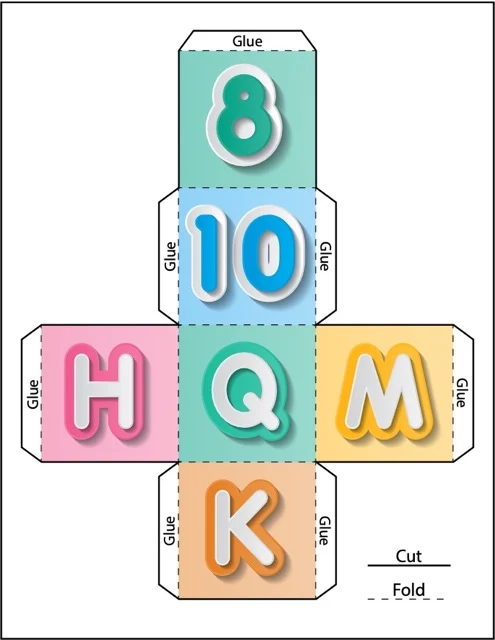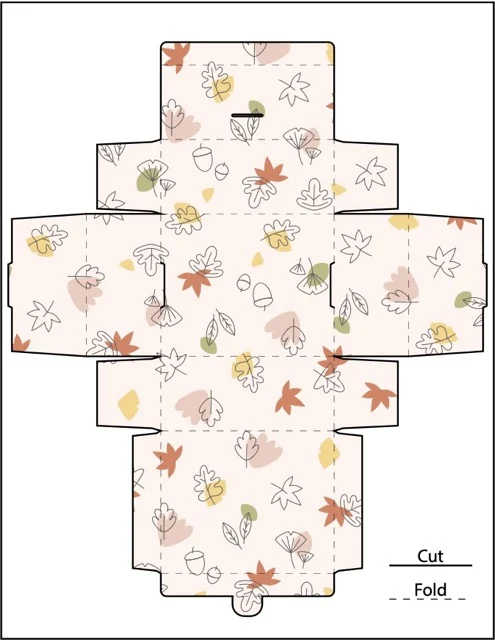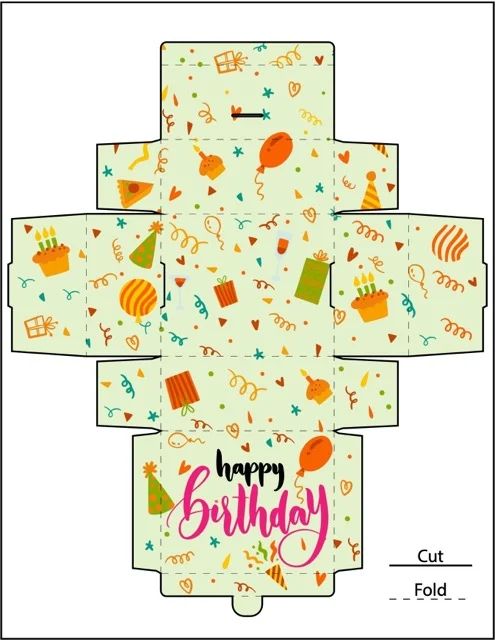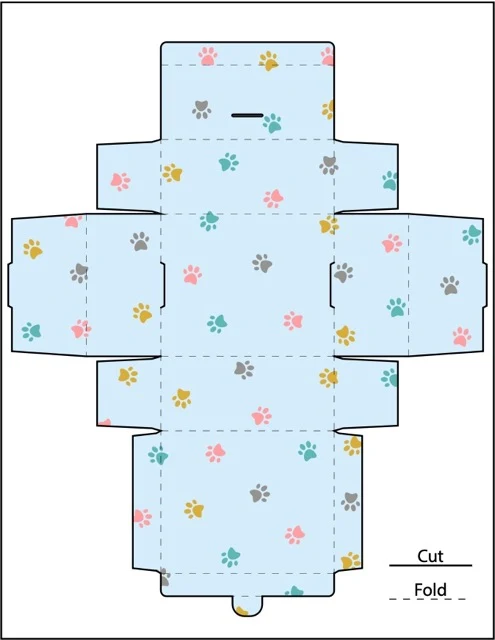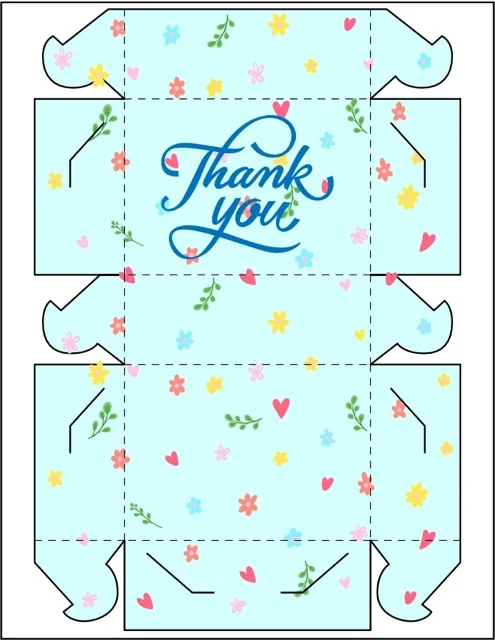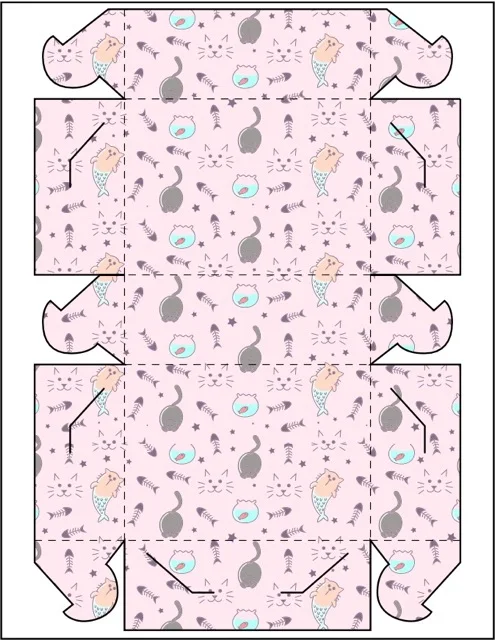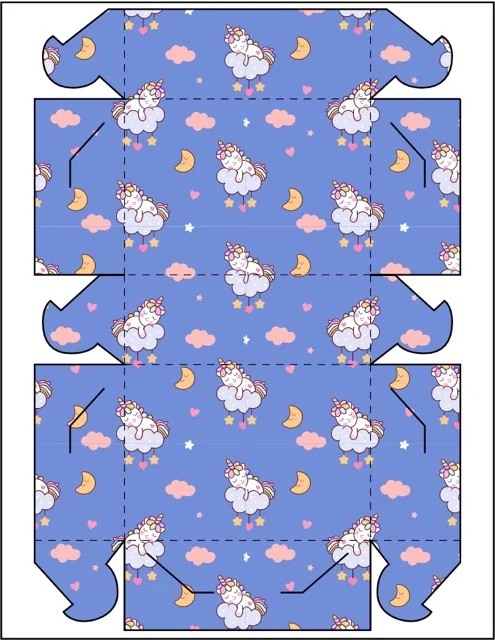Foldable Boxes: Design, Applications, and Sustainability
The provided text offers a comprehensive overview of foldable boxes, exploring their design, applications, and environmental impact. Key advantages highlighted include cost-effectiveness, space efficiency, and ease of assembly. The text details various customization options, such as size, material, and printing, alongside future trends like incorporating smart features. Applications span diverse industries, and the importance of aesthetics in design is emphasized. Finally, the text stresses the sustainability of these boxes, contingent on responsible sourcing and recycling.
Foldable Boxes: Design, Applications, and Trends
Foldable Boxes: A Comprehensive Overview
This briefing document synthesizes information from three sources on foldable boxes, examining their characteristics, advantages, applications, and future trends.
What are Foldable Boxes?
Foldable boxes are containers crafted from a single sheet of material, usually cardboard or paperboard, designed for easy assembly and disassembly without adhesives. ("Foldable Box Packaging: A Comprehensive Guide") Pre-scored creases and flaps enable folding into a three-dimensional box. ("Foldable Boxes: A Comprehensive Guide")
Advantages of Foldable Boxes:
Foldable boxes present several benefits over rigid boxes, including:
●
Cost-effectiveness: Lower production and shipping costs due to flat storage and reduced material usage. ("Foldable Box Packaging: A Comprehensive Guide")
●
Space-efficiency: Flat storage minimizes warehouse space requirements. ("Foldable Boxes: A Comprehensive Guide")
●
Ease of assembly: Simple designs require no specialized tools for assembly. ("Foldable Boxes: A Comprehensive Guide")
●
Versatility: Available in a wide range of sizes, shapes, and designs to accommodate various products. ("Foldable Boxes: A Comprehensive Guide")
●
Sustainability: Primarily made from recyclable cardboard and paperboard. ("Foldable Box Packaging: A Comprehensive Guide")
Applications of Foldable Boxes:
Foldable boxes are widely used for packaging various products, including:
●
Gifts
●
Apparel and accessories
●
Food and beverage items
●
Cosmetics and personal care products
●
Electronics and gadgets
●
Stationery and office supplies ("Foldable Boxes: A Comprehensive Guide")
Design Considerations for Foldable Boxes:
Key design aspects include:
●
Size and dimensions: Appropriate size for the product, ease of assembly, and storage efficiency. ("Foldable Boxes: A Comprehensive Guide")
●
Material selection: Choice of cardboard or paperboard based on product weight, fragility, and desired aesthetics. ("Foldable Boxes: A Comprehensive Guide")
●
Printing and decoration: Custom printing, vibrant colors, and finishing options for branding and product information. ("Foldable Boxes: A Comprehensive Guide")
●
Closure mechanism: Secure closure using tuck flaps or interlocking tabs. ("Foldable Boxes: A Comprehensive Guide")
Customization Options for Foldable Boxes:
Foldable boxes offer extensive customization, such as:
●
Size and shape: Tailored to fit specific products. ("Foldable Boxes: A Comprehensive Guide")
●
Material: Various types of cardboard and paperboard with varying thicknesses and finishes. ("Foldable Boxes: A Comprehensive Guide")
●
Printing: Custom logos, branding elements, product information, and attractive designs. ("Foldable Boxes: A Comprehensive Guide")
●
Add-ons: Windows, handles, inserts, and dividers for enhanced functionality and aesthetics. ("Foldable Boxes: A Comprehensive Guide")
Environmental Impact of Foldable Boxes:
Generally considered environmentally friendly due to their recyclability. However, responsible sourcing and recycling practices are crucial.
Visual Analysis ("Testing Theme: Foldable Boxes.pdf"):
The provided images showcase a variety of foldable box designs, demonstrating the prevalence of tuck flaps as closures and highlighting the significance of aesthetics. "The images showcase a wide array of colors, patterns, and decorative elements, highlighting the significance of aesthetics in creating visually appealing and marketable foldable box designs." ("Foldable Box Packaging: A Comprehensive Guide")
Future Trends:
Future trends in foldable box design and technology might include:
●
Innovations in materials with improved strength, barrier properties, and sustainability.
●
Advanced printing techniques for high-quality graphics and personalized designs.
●
Integration of smart features like RFID tags or QR codes for enhanced product tracking and consumer engagement.
Conclusion:
Foldable boxes offer a cost-effective, versatile, and environmentally friendly packaging solution. As technology advances and consumer preferences evolve, foldable boxes are likely to remain a popular choice, driven by innovation and customization.
Foldable Boxes: A Comprehensive Guide
Foldable Boxes FAQ
1. What are foldable boxes?
Foldable boxes are containers made from a single sheet of material, typically cardboard or paperboard, that are designed to be easily assembled and disassembled without the need for glue or tape. They are characterized by their pre-scored creases and flaps that allow them to be folded into a three-dimensional box shape.
2. What are the advantages of using foldable boxes?
Foldable boxes offer numerous advantages, including:
●
Cost-effectiveness: They are typically less expensive to produce and ship than rigid boxes.
●
Space-saving: They can be stored flat, taking up minimal space until needed.
●
Ease of assembly: Their simple design allows for quick and easy assembly without specialized tools.
●
Versatility: They are available in a wide range of sizes, shapes, and designs to accommodate various products.
●
Sustainability: They are often made from recyclable materials, making them an environmentally friendly packaging option.
3. What types of products are suitable for packaging in foldable boxes?
Foldable boxes are suitable for packaging a wide array of products, including:
●
Gifts
●
Apparel and accessories
●
Food and beverage items
●
Cosmetics and personal care products
●
Electronics and gadgets
●
Stationery and office supplies
4. What design considerations are important for foldable boxes?
Key design considerations for foldable boxes include:
●
Size and dimensions: The box should be appropriately sized to accommodate the product while considering ease of assembly and storage.
●
Material selection: The type of material (e.g., cardboard, paperboard) should be chosen based on the product's weight, fragility, and desired aesthetics.
●
Printing and decoration: Foldable boxes offer a large canvas for branding and product information, allowing for custom printing, vibrant colors, and various finishing options.
●
Closure mechanism: The box should have a secure and reliable closure mechanism, such as tuck flaps or interlocking tabs.
5. Are foldable boxes customizable?
Yes, foldable boxes are highly customizable. They can be tailored to specific product requirements and branding needs. Customization options include:
●
Size and shape: Boxes can be designed in various shapes and sizes to fit different products.
●
Material: Different types of cardboard and paperboard with varying thicknesses and finishes can be used.
●
Printing: Custom printing with logos, branding elements, product information, and attractive designs is possible.
●
Add-ons: Features like windows, handles, inserts, and dividers can be incorporated to enhance functionality and aesthetics.
6. How do I assemble a foldable box?
Assembling a foldable box is typically straightforward:
1.
Identify the pre-scored creases and flaps.
2.
Fold along the creases to form the box shape.
3.
Tuck in the flaps or interlock tabs to secure the closure.
Refer to the specific instructions provided with the box, as assembly may vary slightly depending on the design.
7. Are foldable boxes recyclable?
Most foldable boxes are made from recyclable materials, primarily cardboard and paperboard. Check the recycling guidelines in your area to confirm the specific requirements for recycling these materials.
8. Where can I find suppliers of foldable boxes?
Numerous suppliers specialize in manufacturing and distributing foldable boxes. You can find them through online directories, industry associations, and packaging trade shows. When selecting a supplier, consider their experience, customization capabilities, quality standards, and pricing.
Foldable Box Packaging: A Comprehensive Guide
Foldable Box Packaging: A Study Guide
Short-Answer Quiz
Instructions: Answer the following questions in 2-3 sentences.
1.
What are the two primary materials used to make foldable boxes?
2.
Describe two advantages of using foldable boxes over rigid boxes.
3.
List three product categories suitable for packaging in foldable boxes.
4.
Why is the selection of material important when designing a foldable box?
5.
Explain how foldable boxes can be customized for branding purposes.
6.
Outline the basic steps involved in assembling a typical foldable box.
7.
Are foldable boxes generally considered environmentally friendly? Why or why not?
8.
Besides online directories, how else can you find suppliers of foldable boxes?
9.
Based on the provided images, what is a common design element frequently used in foldable box closures?
10.
Looking at the variety of designs in the images, what can you conclude about the role of aesthetics in foldable box design?
Short-Answer Quiz Answer Key
1.
Cardboard and paperboard are the two main materials used in the production of foldable boxes.
2.
Foldable boxes offer advantages such as cost-effectiveness due to lower production and shipping costs, and space-saving benefits due to their ability to be stored flat.
3.
Foldable boxes are commonly used to package gifts, apparel and accessories, and food and beverage items.
4.
Material selection is crucial because it affects the box's strength, durability, and visual appeal. The material must be suitable for the product's weight and fragility.
5.
Foldable boxes can be customized with unique sizes and shapes, various material types and finishes, printed logos and designs, and additional features like windows or handles.
6.
Assembling a foldable box typically involves identifying pre-scored creases, folding along those creases to form the box shape, and then securing the closure by tucking in flaps or interlocking tabs.
7.
Yes, foldable boxes are often considered eco-friendly because they are primarily made from recyclable cardboard and paperboard.
8.
You can find foldable box suppliers through industry associations and packaging trade shows.
9.
Tuck flaps appear to be a prevalent design feature used for closing foldable boxes, as demonstrated in the images.
10.
The images showcase a wide array of colors, patterns, and decorative elements, highlighting the significance of aesthetics in creating visually appealing and marketable foldable box designs.
Essay Questions
1.
Discuss the economic and logistical benefits of using foldable boxes in the supply chain and retail industry.
2.
Analyze the role of foldable box design in branding and marketing, focusing on the impact of customization options on consumer perception and product appeal.
3.
Evaluate the environmental impact of foldable boxes compared to other packaging options. Consider factors such as material sourcing, recyclability, and waste reduction.
4.
Imagine you are developing a new product and need to choose packaging. Explain the factors you would consider when deciding between a foldable box and a rigid box.
5.
Predict the future trends in foldable box design and technology. How might innovations in materials, printing techniques, and functionality shape the future of this packaging method?
Glossary of Key Terms


